11 Best Herbal Tinctures For Bloating
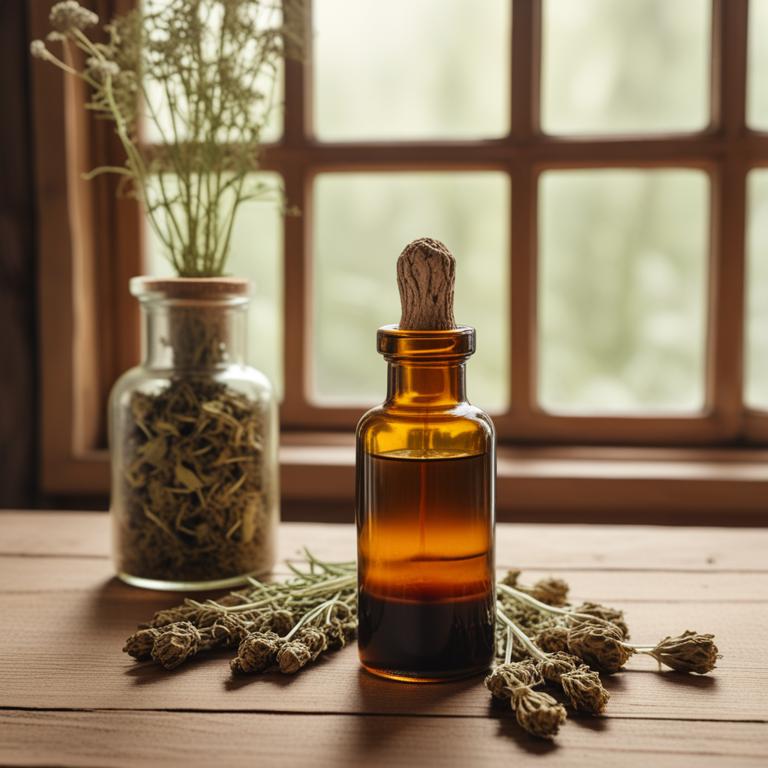
Herbal tinctures for bloating are concentrated liquid extracts made from herbs and plants that have been traditionally used to alleviate digestive discomfort and bloating.
These tinctures offer numerous benefits, including reducing inflammation, improving digestion, and promoting overall gut health, making them a popular natural remedy for this common ailment.
Examples of herbal tinctures that can help treat bloating include peppermint, ginger, and fennel, which can help relax the muscles in the digestive tract and reduce spasms, while others like dandelion root, burdock root, and licorice root can help stimulate digestion and reduce water retention.
Additionally, tinctures made from herbs like chamomile, lavender, and passionflower can also help soothe the digestive system and reduce stress, which is often a contributing factor to bloating.
According to "Explore (New York, N.Y.)", tinctures for bloating may be effective in reducing symptoms of bloating based on the study which showed that a mix of two herbal medicines (Zataria-Trachyspermum, ZT) significantly decreased symptoms of bloating in patients with IBS.
Below there's a list of the 11 best herbal tinctures for bloating.
- 1. Foeniculum vulgare tinctures
- 2. Cuminum cyminum tinctures
- 3. Ferula asafoetida tinctures
- 4. Coriandrum sativum tinctures
- 5. Zingiber officinale tinctures
- 6. Curcuma longa tinctures
- 7. Glycyrrhiza glabra tinctures
- 8. Zingiber zerumbet tinctures
- 9. Angelica archangelica tinctures
- 10. Ammi majus tinctures
- 11. Boswellia serrata tinctures
Also you may be interested in...
TODAY'S FREE BOUNDLE
Herb Drying Checklist + Herbal Tea Shopping List + Medicinal Herbs Flashcards
Enter you best email address below to receive this bundle (3 product valued $19.95) for FREE + exclusive access to The Aphotecary Letter.
$19.95 -> $0.00
1. Foeniculum vulgare tinctures
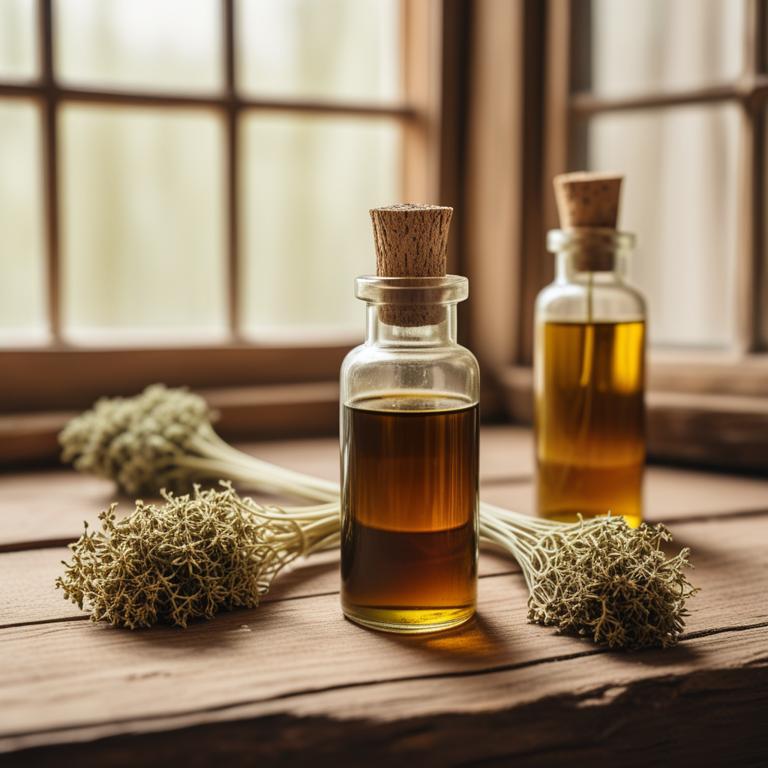
Foeniculum vulgare tinctures, derived from the seeds of the common fennel plant, have been traditionally used to treat bloating ailments due to their carminative and antispasmodic properties.
The bioactive constituents present in these tinctures, including anethole, fenchone, and limonene, help to reduce gas formation and alleviate discomfort in the digestive system.
By relaxing the smooth muscles in the digestive tract and reducing inflammation, Foeniculum vulgare tinctures effectively help to relieve bloating and promote a sense of well-being.
The benefits of using these tinctures to treat bloating include improved digestion, reduced discomfort, and a decrease in symptoms of irritable bowel syndrome.
Related Study
According to "Oxidative medicine and cellular longevity", Foeniculum vulgare tinctures may provide relief from bloating due to the presence of biologically active compounds with significant spasmolytic effects.
2. Cuminum cyminum tinctures
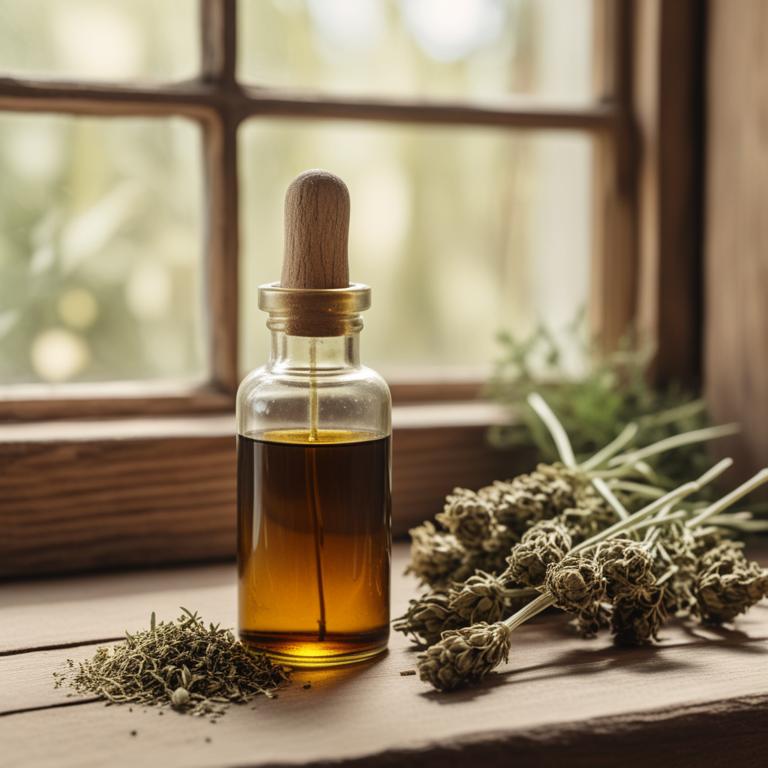
Cuminum cyminum tinctures are a natural herbal preparation derived from the seeds of the cumin plant, traditionally used to alleviate bloating and discomfort.
The tincture's carminative properties, which include the ability to reduce gas and alleviate cramps, help to treat bloating by soothing the digestive system and promoting efficient digestion.
The bioactive constituents of Cuminum cyminum tinctures, including cuminaldehyde and limonene, contribute to its carminative and anti-inflammatory properties, which work together to reduce bloating and discomfort.
Regular use of Cuminum cyminum tinctures has been associated with several benefits, including improved digestion, reduced bloating, and enhanced overall gut health.
3. Ferula asafoetida tinctures
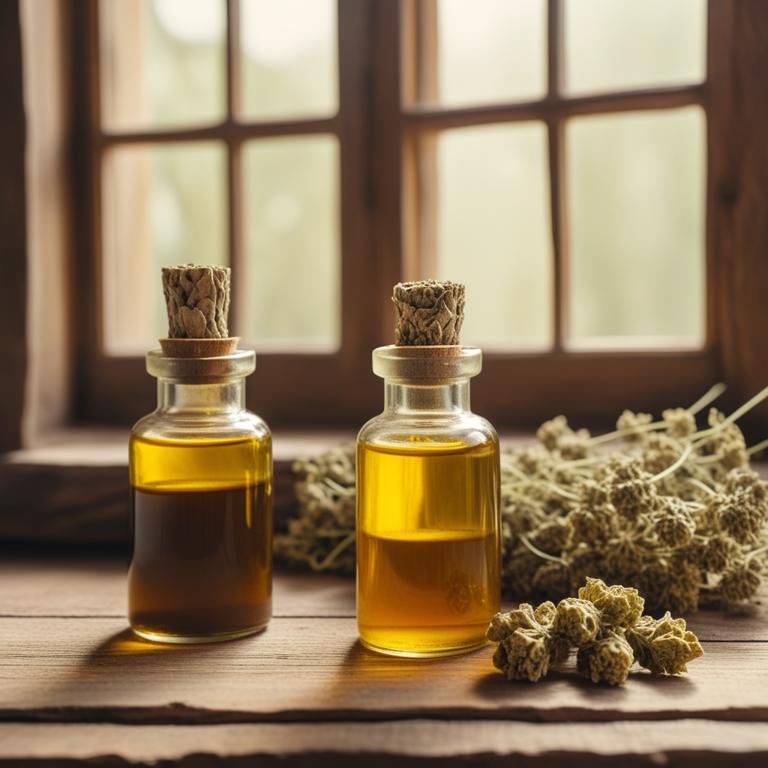
Ferula asafoetida tinctures have been traditionally used to treat bloating ailments due to their carminative and antispasmodic properties, which help to relieve gas and reduce discomfort.
The bioactive constituents of Ferula asafoetida tinctures, including ferulic acid, asarene, and other sesquiterpenes, are responsible for its therapeutic effects.
These constituents help to inhibit the production of gas in the digestive system, reduce inflammation, and promote the elimination of toxins, thereby alleviating bloating symptoms.
The benefits of using Ferula asafoetida tinctures to treat bloating include natural relief from discomfort, reduced frequency of bloating episodes, and a decrease in the reliance on conventional medications for symptom management.
4. Coriandrum sativum tinctures
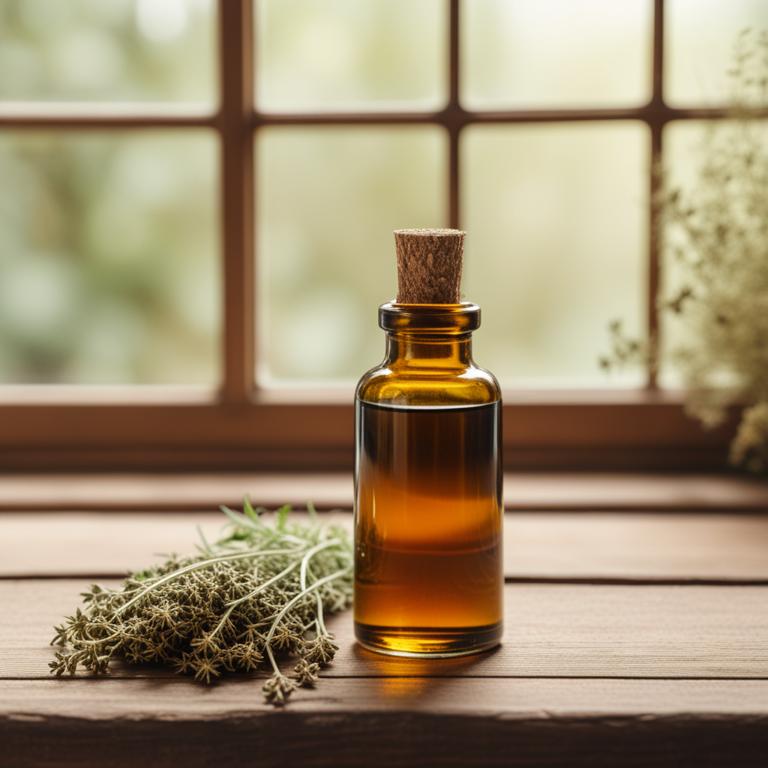
Coriandrum sativum tinctures are a herbal preparation derived from the seeds of the coriander plant, which has been traditionally used to treat bloating.
This herbal preparation contains carvone and limonene, bioactive constituents that help to reduce inflammation and improve digestion, thereby alleviating the symptoms of bloating.
The anti-inflammatory and carminative properties of Coriandrum sativum tinctures help to ease digestive discomfort and reduce gas, making it a beneficial remedy for individuals suffering from bloating.
By using Coriandrum sativum tinctures, individuals can experience relief from bloating and other related digestive issues, promoting overall gut health and well-being.
5. Zingiber officinale tinctures

Zingiber officinale tinctures, derived from the rhizomes of the ginger plant, have been traditionally used to treat bloating and related digestive issues due to their carminative and anti-inflammatory properties.
The bioactive constituents present in these tinctures, such as gingerol and shogaol, help to alleviate bloating by reducing inflammation in the digestive tract and relaxing the muscles to facilitate easier passage of gas.
By utilizing Zingiber officinale tinctures, individuals can experience relief from discomfort and pain associated with bloating, as well as improved digestion and reduced symptoms of nausea.
The benefits of using Zingiber officinale tinctures to treat bloating include natural relief from discomfort, improved overall digestive health, and a reduced risk of complications from prolonged bloating.
Related Study
According to the provided study, Zingiber officinale tinctures for bloating may exhibit potential in alleviating pain and discomfort associated with digestive diseases due to its active phytochemicals such as flavonoids.
6. Curcuma longa tinctures

Curcuma longa tinctures have been traditionally used to treat bloating, a common digestive issue characterized by discomfort, gas, and swelling in the abdominal region.
The properties of this herbal preparation, including its anti-inflammatory and carminative properties, help to alleviate bloating by reducing inflammation and relieving gas and digestive discomfort.
The bioactive constituents of Curcuma longa tinctures, such as curcuminoids and turmerones, are responsible for its therapeutic effects, as they have been shown to inhibit the production of pro-inflammatory enzymes and enhance digestive enzyme activity.
By using Curcuma longa tinctures, individuals can experience benefits such as reduced bloating, improved digestion, and enhanced overall well-being, making it a potential natural remedy for this common ailment.
Related Study
According to "Open life sciences", Curcuma longa tinctures for bloating may be beneficial due to the presence of curcumin, a phytochemical compound within the plant, which has been shown to have potential in preventing or treating digestive diseases.
7. Glycyrrhiza glabra tinctures

Glycyrrhiza glabra tinctures, derived from the roots of the licorice plant, have been traditionally used to treat bloating and related gastrointestinal issues.
The anti-inflammatory and antispasmodic properties of glycyrrhizin, a bioactive constituent found in licorice root, help to reduce inflammation and alleviate spasms in the digestive system, providing relief from bloating.
Additionally, the saponins and flavonoids present in the tincture also contribute to its therapeutic effects by soothing the mucous membranes and promoting digestive enzyme production, which helps to ease bloating.
The benefits of using Glycyrrhiza glabra tinctures to treat bloating include reduced discomfort, improved digestion, and enhanced overall gut health.
8. Zingiber zerumbet tinctures
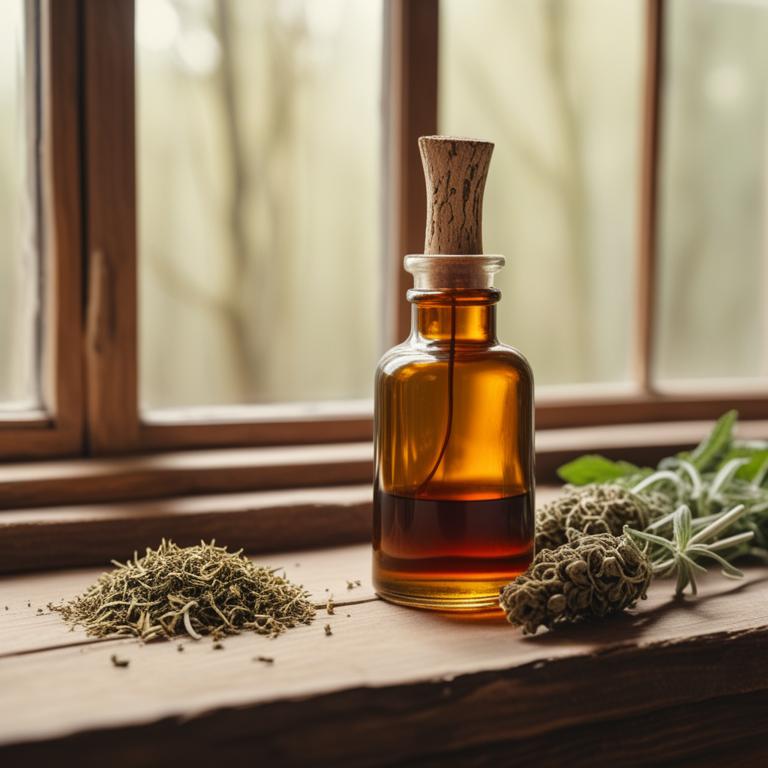
Zingiber zerumbet tinctures have been traditionally used to treat the bloating ailment due to their carminative and anti-inflammatory properties.
The bioactive constituents of this herbal preparation, including gingerols and shogaols, help to break down gas and reduce inflammation in the digestive system, alleviating symptoms of bloating.
By reducing inflammation and promoting digestion, Zingiber zerumbet tinctures provide relief from bloating and discomfort, allowing for improved gut health and overall well-being.
The benefits of using this herbal preparation to treat bloating include reduced symptoms, improved digestion, and a decrease in the risk of chronic digestive disorders.
9. Angelica archangelica tinctures
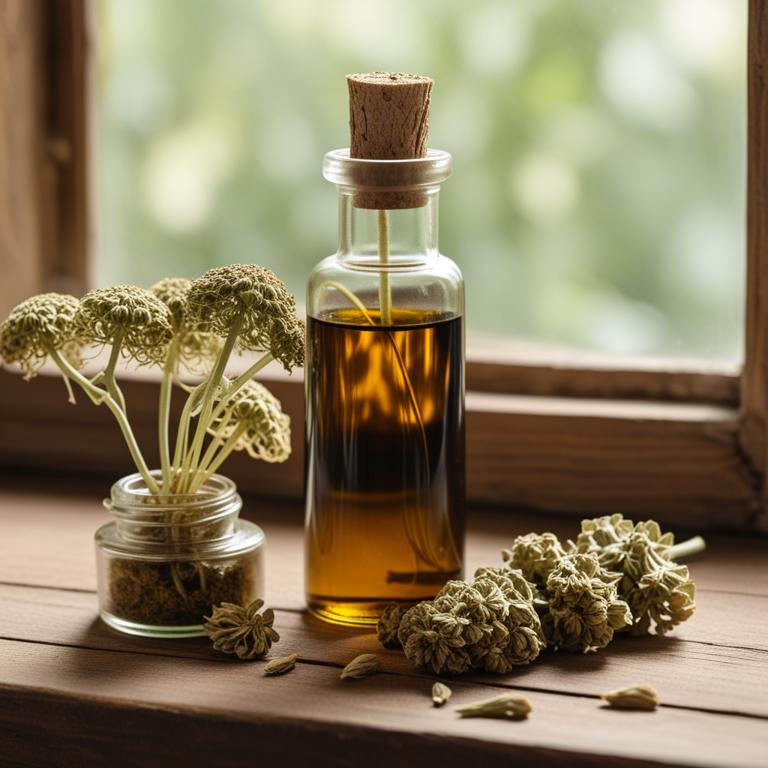
Angelica archangelica tinctures are a natural remedy used to treat bloating, a common digestive issue characterized by discomfort, swelling, and gas in the abdominal region.
This herbal preparation has carminative properties, which help to relieve bloating by reducing gas and promoting the elimination of waste products from the digestive system.
Angelica archangelica contains bioactive constituents such as volatile oils, flavonoids, and phenolic acids, which work together to reduce inflammation, relax the muscles in the digestive tract, and improve digestion.
Regular use of Angelica archangelica tinctures can provide relief from bloating symptoms, improve overall digestive health, and promote a sense of well-being.
10. Ammi majus tinctures
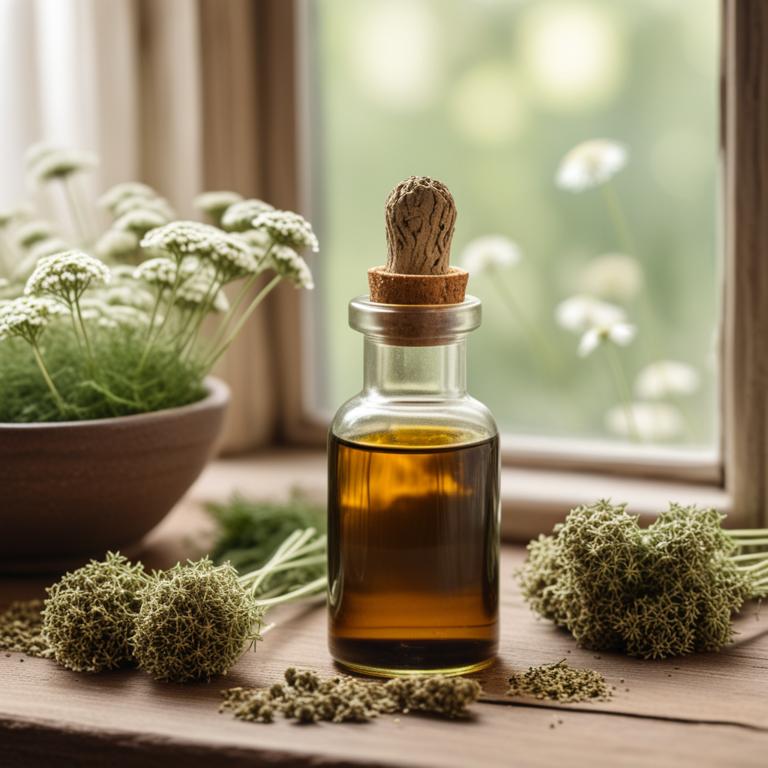
Ammi majus tinctures are a herbal remedy that has been traditionally used to treat bloating, a common digestive issue characterized by discomfort, gas, and swelling in the abdomen.
The tincture's properties, including its carminative, anti-inflammatory, and antispasmodic effects, help to ease bloating by relaxing the muscles in the digestive tract, reducing inflammation, and preventing gas buildup.
The bioactive constituents of Ammi majus, such as umbelliferone and apiol, are responsible for its therapeutic properties, which help to soothe the digestive system and alleviate bloating symptoms.
The benefits of using Ammi majus tinctures to treat bloating include reduced discomfort, improved digestion, and a decrease in gas and bloating episodes, making it a natural and effective remedy for this common ailment.
11. Boswellia serrata tinctures
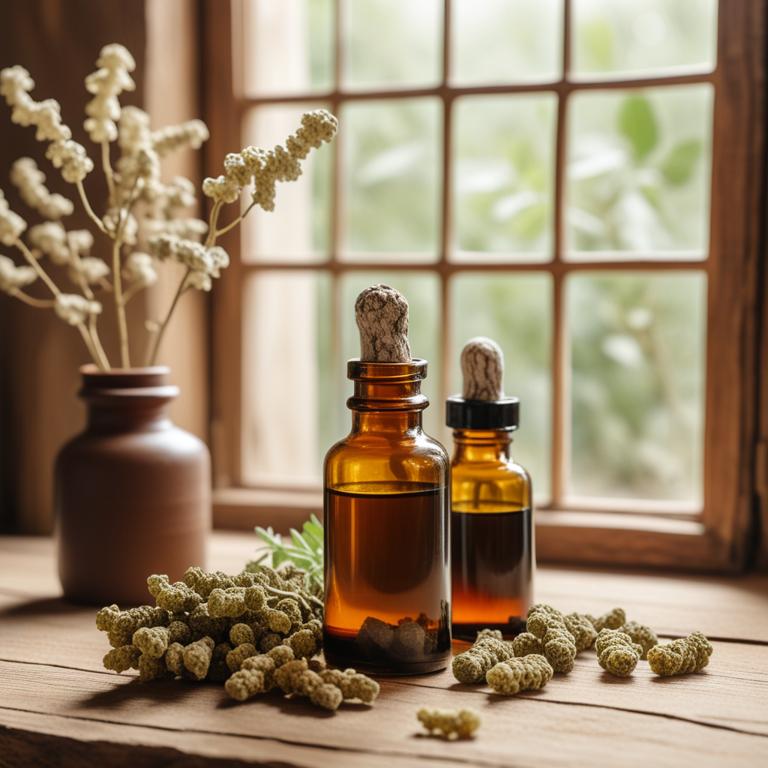
Boswellia serrata tinctures have been traditionally used to treat the bloating ailment due to their anti-inflammatory and carminative properties.
The tincture helps to treat bloating by reducing inflammation in the digestive tract and relieving gas and cramps, thereby providing relief from discomfort and pain.
The bioactive constituents of Boswellia serrata, including boswellic acids, frankincense, and terpenoids, are responsible for its therapeutic effects, which include inhibiting the production of pro-inflammatory enzymes and modulating the gut microbiome.
Regular use of Boswellia serrata tinctures can help to alleviate bloating symptoms, improve digestion, and promote overall gut health.